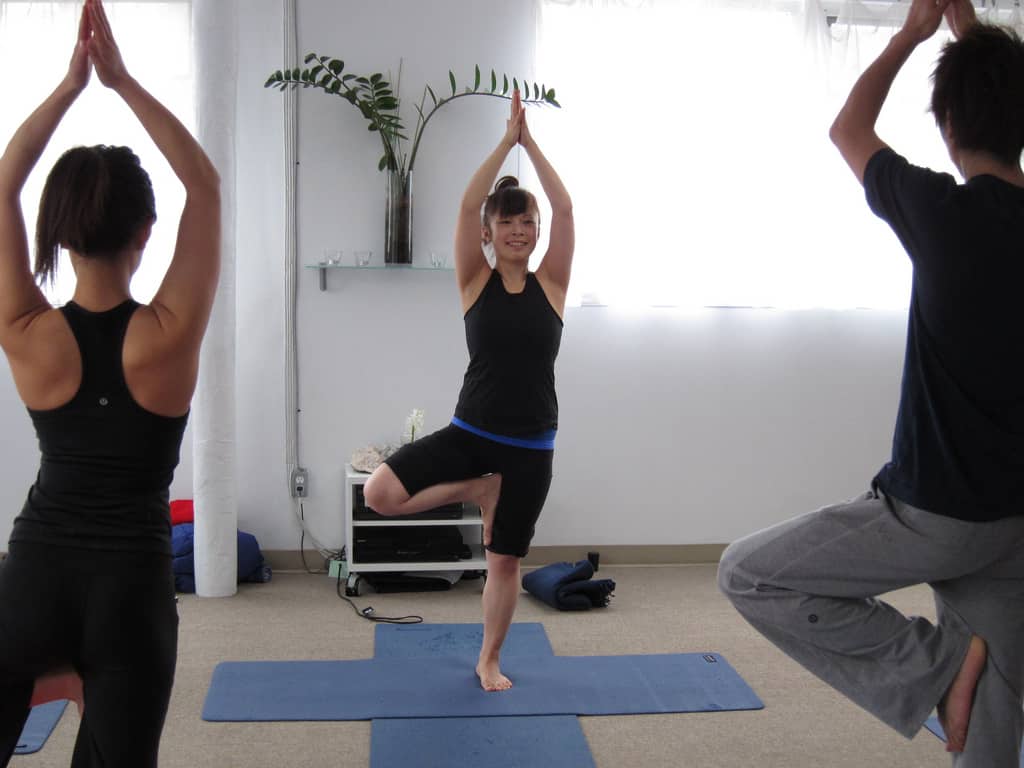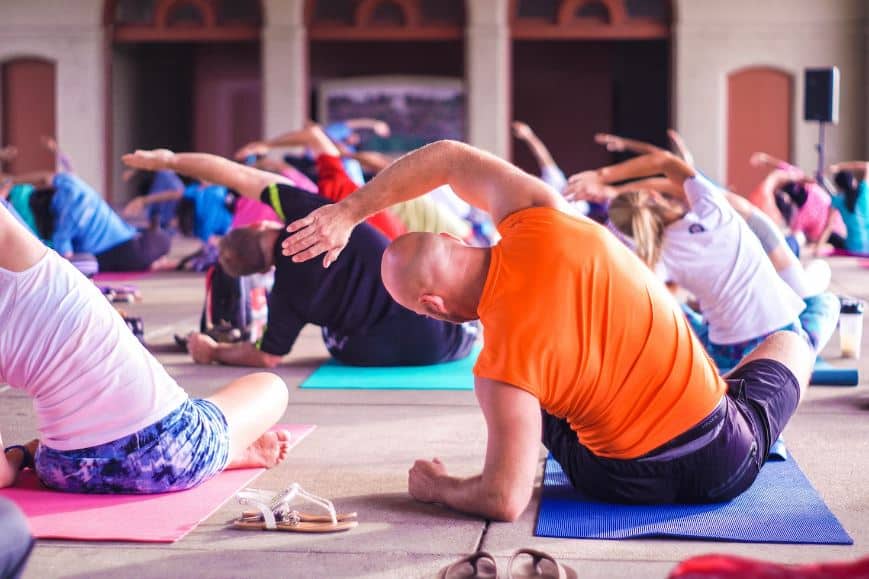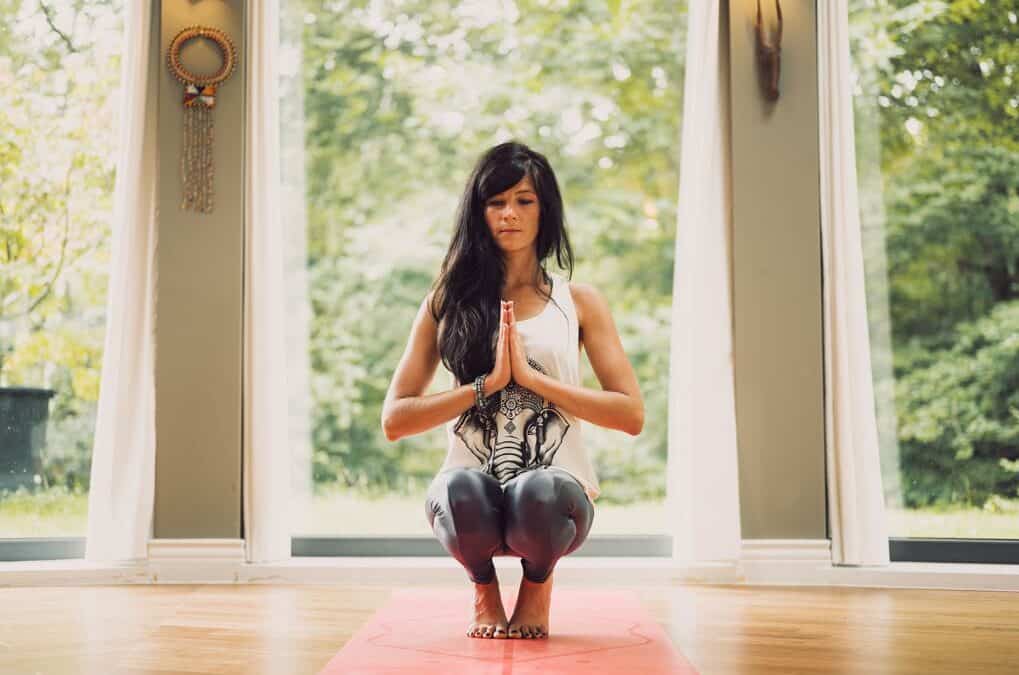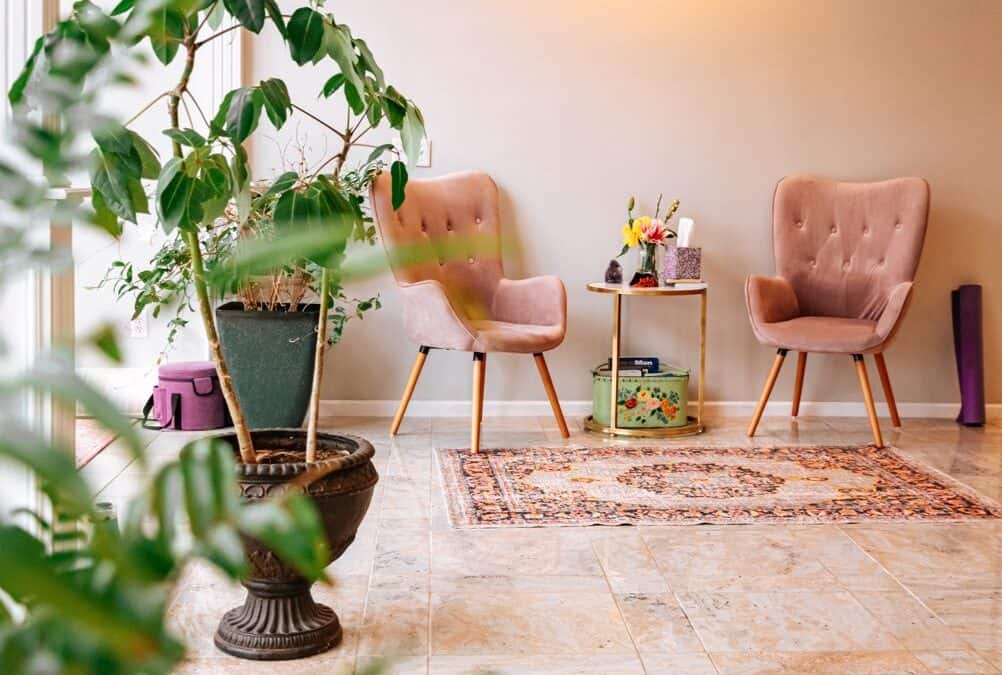The beauty of yoga is that it can be practiced from virtually any location. When starting a yoga business, there are lots of options when it comes to choosing a place to host your classes. Here’s a rundown on the advantages and disadvantages of each location.
Renting a studio
Most people starting a yoga business rent a studio through a gym or a community centre or some other building with a suitable hall space. Ideally you want a large open space with a clean floor. Ask the owner of the space how often it is cleaned, especially if the space is also used for functions such as parties as there could be a risk of broken glass fragments from dropped glasses. A studio in a gym is usually a safe bet as you know that it is used for other similar fitness classes and so you won’t have these hazards.
Location can make a big impact when helping you to attract clientele. The more central the studio is, the more clients are likely to hear about. However, you may also pay higher rates for a central location. Shop around and collect multiple quotes to try and get the best rates.
Availability is also an important factor. You may find the ideal studio for the ideal price, but it may be fully booked every morning and evening and a midday slot is unlikely to get you as many clients.
Other factors can also important when choosing a studio. There could be another yoga class in the area and this could affect your ability to attract clientele. Competition can be healthy of course and you may be able to find a USP that separates you from that yoga class.
Renting a private space is another option, but this is likely to be more expensive and only worthwhile if you’re running a successful company already. Having your own private space might give you more flexibility when it comes to hosting classes – you may even be able to host them every day and make yoga your full time business.
Buying your own premises
Buying your own premises is expensive and likely to be only worthwhile is you’re already running a successful yoga class(es). You have to be sure that your classes cover the cost of a mortgage and energy bills. There are relatively affordable options such as converting a barn or garage – this might be all the space you need to run your business from and you may not need to take out a mortgage. However, you’re still likely to require a lot of money behind you to make this happen.
There is a freedom to buying a space – you can decorate it how you like to meet your needs and invest in certain permanent needs such as special flooring and POS display with POS software.
That said, you will have to cover any maintenance costs such as faulty electrics or damaged masonry. Like owning a house, it’s your own space to take care of, so you’ll want to buy a studio that’s in good condition to make it a good investment.
You might also be able to rent out your space to other people when you’re not using it. This might help you to cover running costs and earn a little bit more on the side.
Embracing the great outdoors
Another option could be to host classes outdoors. Outdoor classes are popular in warm climates – beach yoga sessions are held across the world as the setting is ideal for getting people to relax. A yoga session in the cold or rain might be a little harder to advertise, although there are classes out there that make it their selling point to host classes in all weathers. After all, exercising outside can have health benefits.
Another advantage to outdoor classes is that it can be easy to market them – passers-by may see your class and want to sign up.
Make sure that you have permission to use the outdoor space as certain parks, beaches and fields may be legally owned by someone else. You may have to pay the landowner to host classes there in such cases, which could make it just as cost-effective as renting a studio. Other locations may be free and not require any permission, but these may be already popular amongst other clubs – so make sure to look into this first to avoid having to share a space with another class.
Go private
It’s possible to run a business as a private yogi, taking one-on-one classes with clients. You might be able to go to your clients house to host a class, although many clients may not be comfortable with this and so you may need to have a backup space such as a park or a gym. One-on-one sessions require less space so you may not need to rent out a studio. You could even host classes at your own house if you’re comfortable having clients coming round.
Go virtual
The latest trend in yoga is virtual classes. Your clients can watch you on the web through a YouTube video or a live session using a service such as Skype or Facebook live. You’ll have to get tech savvy first and work on online marketing – this is where you’ll attract your clients. The beauty of going virtual is that you’re not limited to local clients. You can host classes with clients all around the world, opening up your audience and potentially earning you more money.






0 Comments